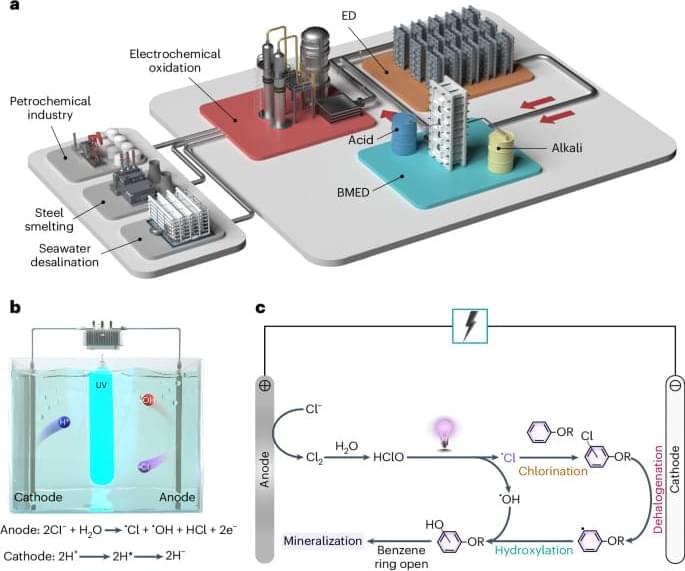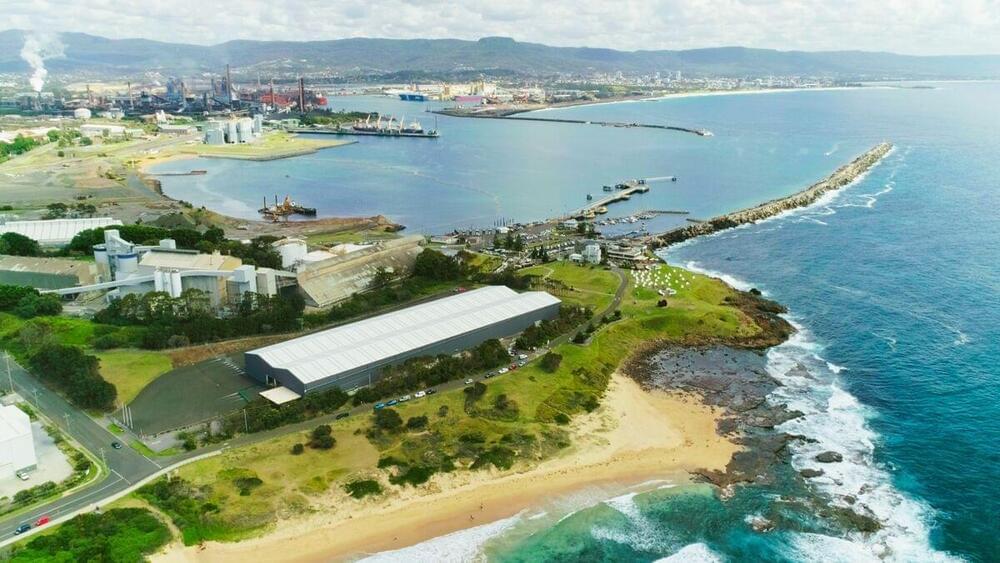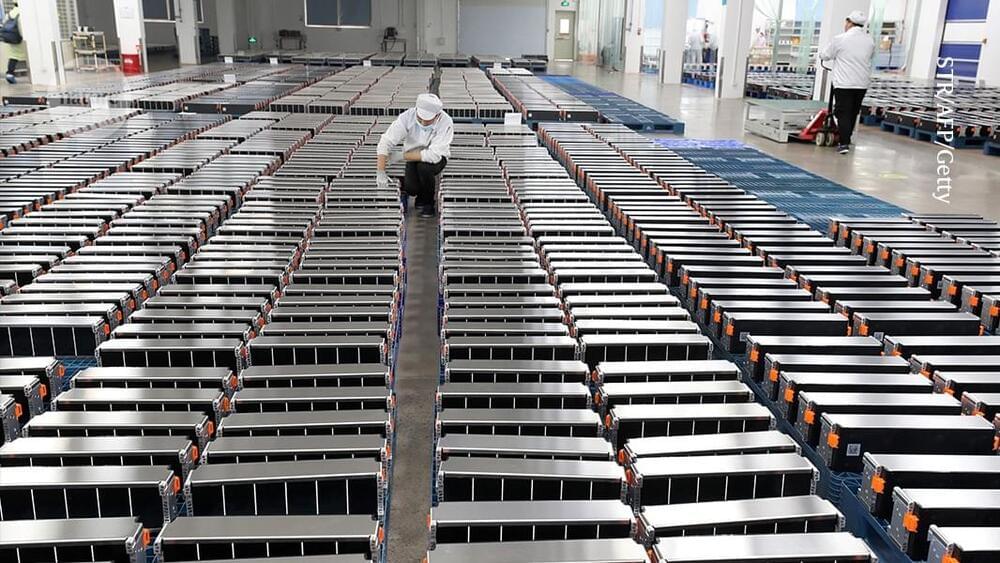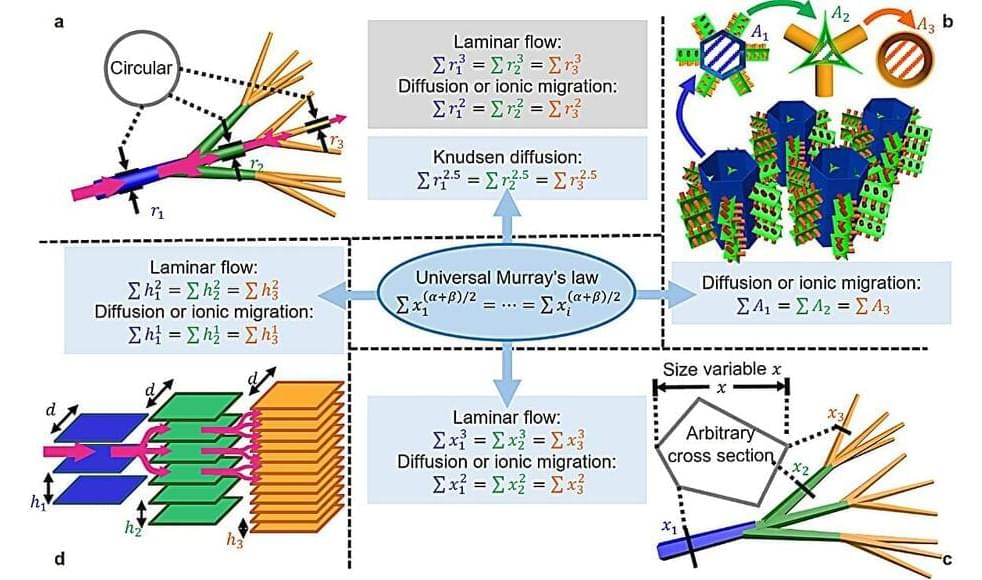Researchers in Japan have discovered that manganese could help reduce reliance on iridium as a catalyst for hydrogen production.
Category: energy – Page 99



Redox-neutral electrochemical decontamination of hypersaline wastewater with high technology readiness level
A flow-through redox-neutral electrochemical reactor–electrodialysis system has been developed to recover water, alkali and acids from hypersaline wastewaters. This accelerates a shift in ‘zero-discharge’ technology from energy-intensive steam-driven to energy-efficient electrically driven processes.

‘Warp drives’ may actually be possible someday, new study suggests
Related: Warp drive and ‘Star Trek’: The physics of future space travel
Alcubierre published his idea in Classical and Quantum Gravity. Now, a new paper in the same journal suggests that a warp drive may not require exotic negative energy after all.
“This study changes the conversation about warp drives,” lead author Jared Fuchs, of the University of Alabama, Huntsville and the research think tank Applied Physics, said in a statement. “By demonstrating a first-of-its-kind model, we’ve shown that warp drives might not be relegated to science fiction.”

First ‘extreme’ solar storm in 20 years brings spectacular auroras
WASHINGTON: The most powerful solar storm in more than two decades struck Earth on Friday (May 11), triggering spectacular celestial light shows in skies from Tasmania to Britain — and threatening possible disruptions to satellites and power grids as it persists into the weekend.
The first of several coronal mass ejections (CMEs) — expulsions of plasma and magnetic fields from the Sun — came just after 1,600 GMT, according to the National Oceanic and Atmospheric Administration (NOAA)’s Space Weather Prediction Center.
It was later upgraded to an “extreme” geomagnetic storm — the first since the so-called “Halloween Storms” of October 2003 caused blackouts in Sweden and damaged power infrastructure in South Africa. More CMEs are expected to pummel the planet in the coming days.



